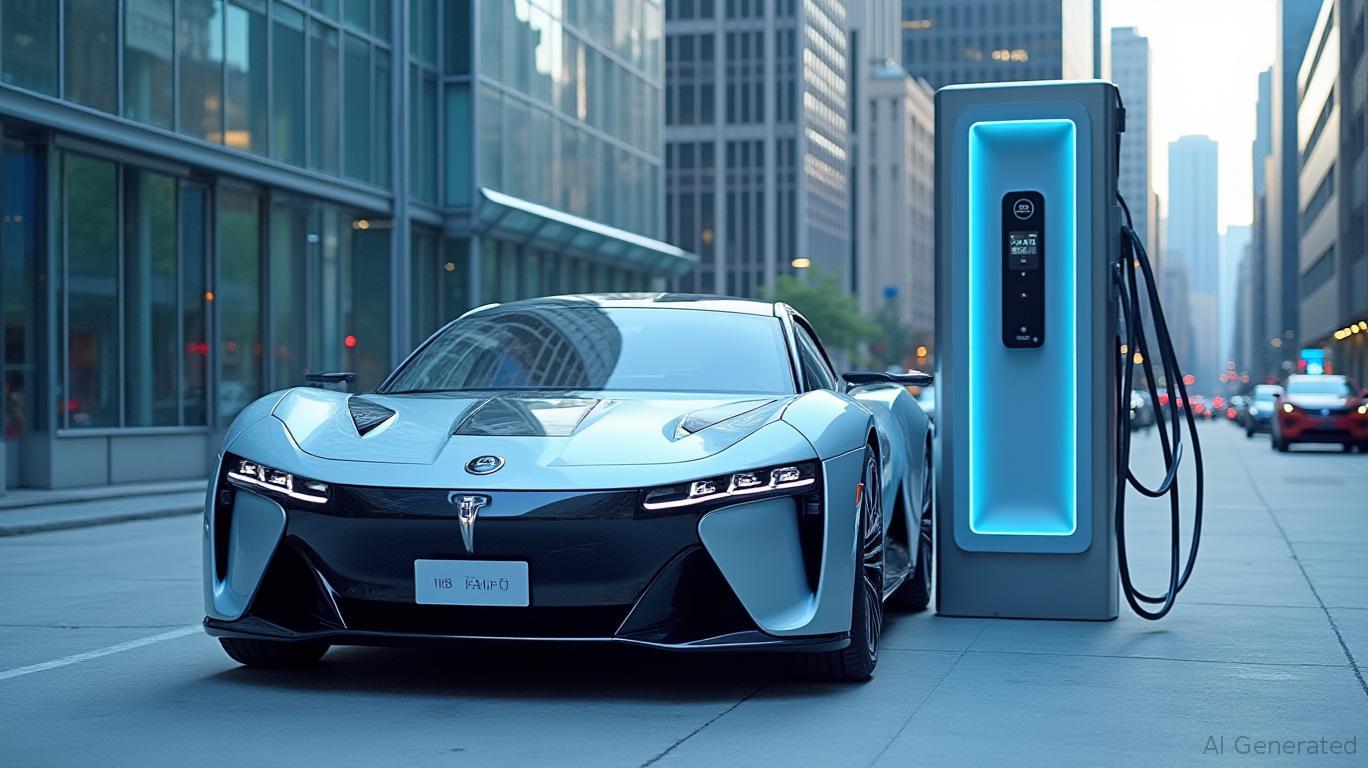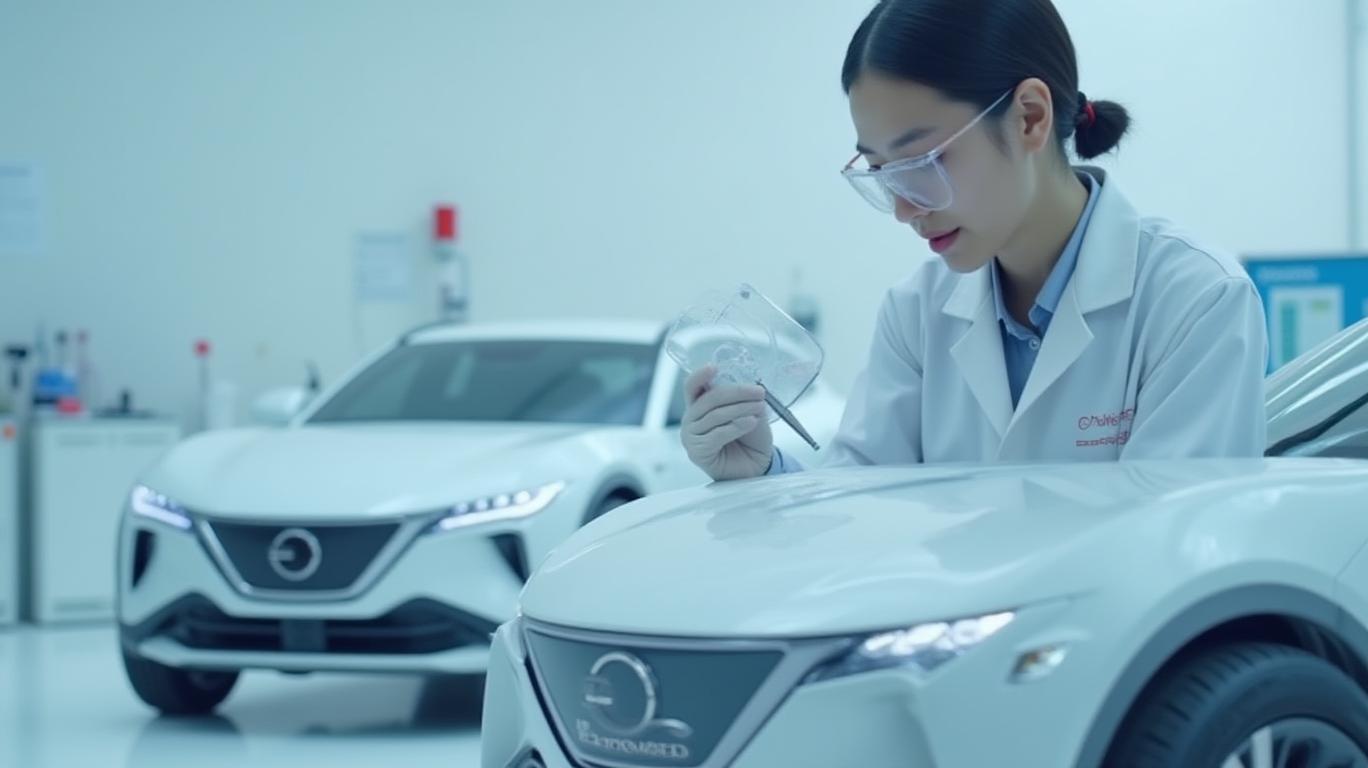TrendForce's market research indicates that the validation of solid-state batteries for European and American cars is accelerating, with the first-generation products expected to be mass-produced as early as 2026.
According to TrendForce's latest research, solid-state batteries are the next-generation battery technology with commercialization potential, and global manufacturers in Europe and the US are working to develop large-scale production technologies to accelerate the performance verification of car solid-state batteries. Emerging companies such as Factorial Energy, QuantumScape, and SES AI have developed semi-solid and quasi-solid-state batteries and entered the sample delivery and pilot sample verification stage, with the first-generation products expected to be gradually mass-produced around 2026.In 2010, French company Blue Solutions was the first to commercialize polymer solid-state batteries in Europe, but its main applications were in commercial vehicles such as electric buses and port delivery trucks, and it did not achieve commercial success in the mass-market passenger car segment. Besides Blue Solutions, no European or American manufacturers have launched production models using solid-state batteries to date.TrendForce's statistics show that the total financing of 17 European and American solid-state battery companies, including QS, Solid Power, SES, Factorial Energy, Adden Energy, and Basquevolt, has exceeded US$4.2 billion by the end of 2024. With the support of the US Department of Energy (DOE), the EU's Horizon Europe, and other battery-related projects, the development of solid-state battery technology in Europe and the US has made progress, with some companies expanding their research results to pilot production and cooperating with car manufacturers for vehicle testing. For example, Factorial Energy has delivered samples to Stellantis and Mercedes-Benz for prototype vehicle road testing.TrendForce's research indicates that solid-state batteries have superior safety and higher energy density, and European and American manufacturers are focusing on technology routes using polymer or oxide solid electrolytes and are accelerating the transition from pilot production to mass production. However, it is expected that manufacturers will still face multiple challenges in the early commercialization of solid-state batteries, including capacity expansion, cost control, and supply chain establishment. In addition, since there are still many technical bottlenecks to be overcome for full solid-state batteries that meet automotive standards, semi-solid and quasi-solid-state battery solutions containing a small amount of liquid electrolytes will become transitional options for European and American companies.









